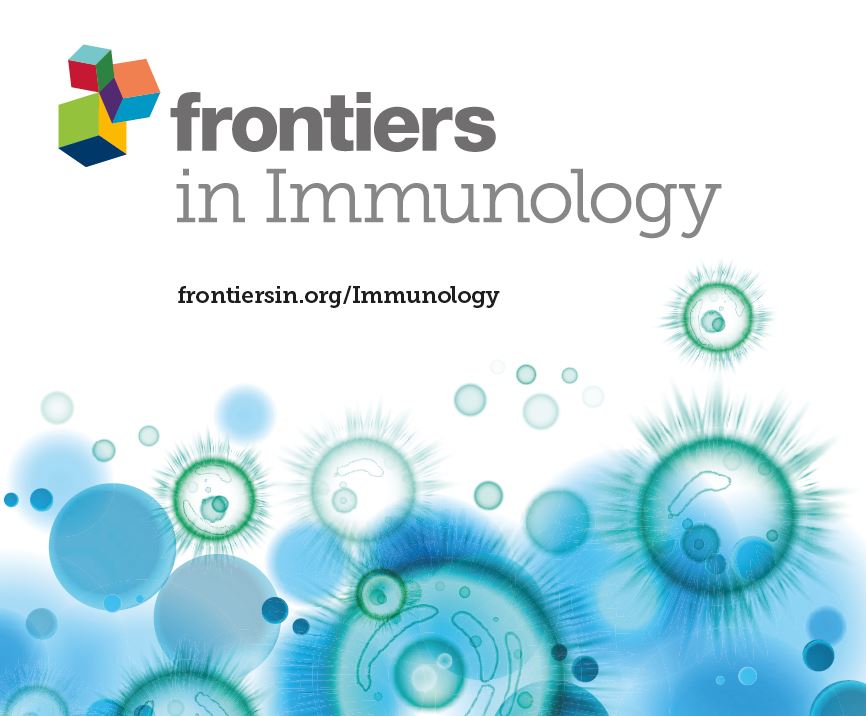照亮前行之路:T 细胞扩增馈源细胞辐照的经济替代方案
IF 5.7
2区 医学
Q1 IMMUNOLOGY
引用次数: 0
摘要
强大的 T 细胞扩增过程包括将 T 细胞与不增殖的饲养细胞结合抗 CD3 抗体和 IL-2 共同培养。虽然电离辐照能有效抑制饲养细胞的增殖,但高昂的操作成本限制了资金雄厚的机构开展细胞疗法研究。众所周知,紫外线会导致 DNA 损伤引起的细胞死亡,常用于环境消毒,它是电离辐照的一种经济有效的替代方法,可用于生成不增殖的供体细胞。对 K562 人工抗原提呈细胞(aAPCs)进行紫外线照射会导致显著的 DNA 损伤,表现为 15 分钟内 γ-H2AX 磷酸化增加,24 小时后 8-OHdG 水平升高。这表明发生了 DNA 双链断裂和氧化损伤。经紫外线照射后,葡萄糖摄取和 ATP 生成显著减少,而 aCD3 在细胞表面的保留增加了两倍。选择性抑制葡萄糖摄取和 ATP 生成同样也会使 aCD3 的保留分别增加约 10 倍和 6 倍。这表明,紫外线诱导的能量剥夺抑制了 aCD3 的内化,有可能通过延长 aCD3 与 T 细胞受体的相互作用来增强 T 细胞的活化。用经紫外线照射的PBMCs扩增的肿瘤浸润淋巴细胞(TILs)在存活率、扩增、免疫表型和效应功能方面与电离照射扩增的TILs相当。与传统的电离照射相比,紫外线照射在抑制供养细胞增殖和促进功能强大的 T 细胞扩增方面同样有效。在 T 细胞扩增过程中使用紫外线辐照可大大降低成本,提高各机构细胞疗法研究的可及性和可行性。本文章由计算机程序翻译,如有差异,请以英文原文为准。
Lighting the way: an economical alternative to feeder cell Irradiation for T-cell expansion
A robust T-cell expansion process involves co-culturing T-cells with non-proliferating feeder cells combined with anti-CD3 antibody and IL-2. Although ionizing irradiation effectively inhibits feeder cell proliferation, the high operating costs limit cell therapy research to well-funded institutions. UVC, known for causing DNA damage-induced cell death and commonly used for environmental sterilization, presents a cost-effective alternative to ionizing irradiation for generating non-proliferating feeder cells. UVC irradiation of K562 artificial antigen presenting cells (aAPCs) resulted in significant DNA damage, evidenced by increased γ-H2AX phosphorylation within 15 minutes and elevated 8-OHdG levels at 24 hours. This indicates the occurrence of DNA double-strand breaks and oxidative damage. Following UVC irradiation, glucose uptake and ATP production were significantly reduced, whereas aCD3 retention at the surface of the cell increased twofold. Selective inhibition of glucose uptake and ATP production similarly enhanced aCD3 retention by approximately 10-fold and 6-fold, respectively. This suggests that UVC-induced energy deprivation dampens aCD3 internalization, potentially enhancing T-cell activation through prolonged aCD3 and T-cell receptor interaction. Tumor-infiltrating lymphocytes (TILs) expanded with UVC-irradiated PBMCs demonstrated comparable viability, expansion, immunophenotype, and effector function to those expanded with ionizing irradiation. UVC irradiation was equally effective in suppressing feeder cell proliferation and facilitating the expansion of functionally potent T-cells compared to traditional ionizing irradiation. Implementing UVC irradiation in T-cell expansion can significantly reduce costs, enhancing the accessibility and feasibility of cell therapy research across various institutions.
求助全文
通过发布文献求助,成功后即可免费获取论文全文。
去求助
来源期刊

Frontiers in Immunology
IMMUNOLOGY-
CiteScore
9.80
自引率
11.00%
发文量
7153
审稿时长
14 weeks
期刊介绍:
Frontiers in Immunology is a leading journal in its field, publishing rigorously peer-reviewed research across basic, translational and clinical immunology. This multidisciplinary open-access journal is at the forefront of disseminating and communicating scientific knowledge and impactful discoveries to researchers, academics, clinicians and the public worldwide.
Frontiers in Immunology is the official Journal of the International Union of Immunological Societies (IUIS). Encompassing the entire field of Immunology, this journal welcomes papers that investigate basic mechanisms of immune system development and function, with a particular emphasis given to the description of the clinical and immunological phenotype of human immune disorders, and on the definition of their molecular basis.
 求助内容:
求助内容: 应助结果提醒方式:
应助结果提醒方式:


